Unraveling FDM 3D Printing: A Game-Changer for Industry and Hobbyists
Exploring FDM: The Revolution in 3D Printing
In the vast world of 3D printing, Fused Deposition Modeling (FDM) stands out as one of the most accessible and commonly used methods. This revolutionary technology has transformed various industries, from prototyping and manufacturing to education and healthcare, making it a hot topic for professionals and hobbyists alike.
What is FDM?
FDM, short for Fused Deposition Modeling, is an additive manufacturing process that builds objects layer by layer from a thermoplastic filament. Unlike traditional subtractive manufacturing processes, which carve out a shape from a larger block of material, FDM is additive, adding material only where needed. This fundamental difference allows for intricate designs and internal structures that would be virtually impossible to create with traditional methods.
Comprehensive Understanding of Additive Manufacturing
Fused Deposition Modeling (FDM) is an additive manufacturing method that constructs objects layer by layer from a thermoplastic filament. This contrasts with subtractive manufacturing, which carves materials from a larger block. FDM allows complex designs to be created easily and efficiently, making it a popular choice for various applications.
The Story Behind the Innovation
Uncover the personal journey of the inventor and engineer who revolutionized 3D printing. Discover how a whimsical experiment led to the development of a reliable and consistent system for creating 3D objects.
The personal journey of inventor and engineer Scott Crump. Back in the 1980s, Crump came up with an idea for an unusual DIY project to amuse his young daughter. In a whimsical attempt to create a toy frog, Crump filled a hot glue gun with a mixture of polyethylene and candle wax. The process was crude, yet the result was a primitive three-dimensional object, an early precursor to the sophisticated 3D printed items we see today.
This seemingly trivial experiment sparked an epiphany in Crump. He recognized the potential in this rudimentary method for creating 3D objects and began to experiment with various plastic formulations and mechanical designs. After several years of dedicated work, Crump developed a reliable and consistent system which he coined "Fused Deposition Modeling."
Crump patented his FDM technology in the late 1980s. Together with his wife Lisa Crump, he established Stratasys Ltd. in 1989. Initially, they operated from their garage, but the business quickly expanded as the industry recognized the potential of FDM. Stratasys became a trailblazer in the field of additive manufacturing, leading the market with innovative 3D printing solutions.
The FDM process created by Crump transformed the way we create complex objects. The simple yet elegant process takes a digital design file, slices it into thin horizontal sections, and recreates it in physical form by extruding a thermoplastic filament layer by layer. The FDM process has the advantage of being able to produce geometrically complex shapes with relative ease.
Over time, FDM has evolved and improved. With advancements in technology, it became possible to manufacture parts with finer detail, better surface finish, and superior mechanical properties. Today, FDM technology can accommodate a wide range of materials, from basic thermoplastics like ABS and PLA to high-performance engineering plastics like PEEK and ULTEM.
Transforming the Way We Create Complex Objects
Learn about the process that takes a digital design file and recreates it in physical form by extruding a thermoplastic filament layer by layer. Explore how this method produces geometrically complex shapes with relative ease.
The FDM process:
- Designing a model in CAD software.
- Translating the design into a format the printer can interpret.
- Loading the thermoplastic filament into the printer.
- Heating the filament until it becomes semi-liquid.
- Extruding the heated filament through a nozzle layer by layer to create the desired object.
Materials for Additive Manufacturing
The diverse range of materials available for FDM provides the flexibility to create objects with various properties. Common FDM materials include:
- PLA (Polylactic Acid): Known for its ease of use and eco-friendliness.
- ABS (Acrylonitrile Butadiene Styrene): Valued for its strength and temperature resistance.
- PETG (Polyethylene Terephthalate Glycol): Combines PLA's ease of use with ABS's strength.
- TPU (Thermoplastic Polyurethane): Offers flexibility.
- PEEK (Polyether Ether Ketone): Renowned for its high-temperature resistance and strength.
- Nylon: Known for its high strength, flexibility, and durability.
- Polycarbonate: Offers exceptional toughness, temperature resistance, and optical clarity.
Comparing FDM with Other 3D Printing Techniques
Compared to other techniques such as Selective Laser Sintering (SLS), which uses a laser to fuse small particles into a 3D shape, FDM stands out for its simplicity, affordability, and material variety, making it popular among hobbyists and smaller businesses.
Pros and Cons of FDM 3D Printing
While FDM technology has several advantages, it also comes with its own set of limitations. It's essential to consider both when deciding if FDM is the right fit for your particular application.
| Pros | Cons |
|---|---|
| Affordability - FDM printers are generally less expensive compared to other 3D printing technologies, making them a popular choice for hobbyists and small businesses. | Visible Layer Lines - FDM parts often exhibit visible layer lines, which may require additional post-processing for a smoother finish. |
| Ease of Use - FDM printers are typically user-friendly with a simpler setup, making them accessible to a broad range of users, from students and educators to hobbyists and professionals. | Slower Process Speed - FDM printing can be a slower process compared to other technologies like Selective Laser Sintering (SLS) or Stereolithography (SLA), particularly for large or complex parts. |
| Material Versatility - FDM printers can use a wide array of thermoplastic materials, including PLA, ABS, PETG, and others. This opens up possibilities for various applications, from prototypes and functional parts to artistic creations. | Strength Variability - FDM parts may exhibit variable strength properties, especially along the Z-axis. This is due to the layered construction, which can create points of weakness between layers. |
| Prototyping and Small-Scale Production - Due to their accessibility and affordability, FDM printers are excellent for rapid prototyping and small-scale production, providing the ability to test designs and iterate quickly. | Less Detailed - FDM can struggle to reproduce extremely fine details or intricate geometries that other 3D printing technologies, like SLA or Digital Light Processing (DLP), can handle more effectively. |
Affordability and Accessibility
One of the most significant advantages of FDM is its cost-effectiveness. The technology itself is less expensive to manufacture and maintain than other 3D printing technologies, making it more accessible to a wider audience. This affordability extends to the materials as well, with a wide range of reasonably priced thermoplastics available.
Ease of Use
FDM printers are known for their user-friendly operation. The process of loading filament, prepping the build platform, and initiating prints is relatively straightforward, even for beginners. This simplicity, coupled with a wealth of online tutorials and communities, makes FDM a popular entry point into the world of 3D printing.
Material Versatility
The range of materials available for FDM is another strong selling point. Users can choose from materials with different properties to suit their specific needs, whether they need the strength of ABS, the biocompatibility of PLA, or the flexibility of TPU. The open nature of many FDM printers also allows users to experiment with new and innovative materials.
Prototyping and Small-Scale Production
For many businesses, FDM offers an efficient and effective means of prototyping and small-scale production. The technology allows for rapid iteration of design ideas, enabling teams to move quickly through the design process and make adjustments as needed. Moreover, for small-scale production runs, FDM can often be more cost-effective than traditional manufacturing methods, particularly when customization or complexity is involved.
However, it's also important to acknowledge the limitations of FDM, which include visible layer lines, slower process speed, and variable strength properties. While these drawbacks can be mitigated with techniques like post-processing, careful design, and material selection, they do represent aspects to be considered when choosing FDM.
FDM and Its Impact on Industries
FDM technology has left an indelible mark on diverse industries, from automotive and aerospace to healthcare and consumer goods. Its unique ability to create complex, durable parts quickly and cost-effectively makes it an attractive option for rapid prototyping, functional testing, and even end-use production.
- Automotive and Aerospace: FDM is used to create prototypes for new designs, assembly aids, and even end-use parts. FDM components are lightweight yet durable, making them ideal for these industries where weight savings are critical.
- Healthcare: FDM has revolutionized the healthcare sector. It's used to create patient-specific models for surgical planning and custom prosthetics. For these applications, specially designed, biocompatible materials are used.
- Consumer Goods: With FDM, companies can quickly and affordably prototype new product designs, perform market testing, and even manufacture customized end-use products on demand.
FDM for Hobbyists: Creating at Home
FDM 3D printing has revolutionized the world of hobbyists and DIY enthusiasts. It has opened up opportunities for people to create and innovate within the comforts of their own homes, turning ideas into tangible reality. From personal projects to learning platforms, FDM technology has become an indispensable tool for hobbyists.
Desktop 3D Printers: Hobby and Professional Models
Desktop FDM 3D printers come in various models to suit a range of user needs and expertise levels. They range from basic models for beginners and hobbyists to more advanced, professional-grade printers with a broader array of features.
Entry-Level Models: These are designed for beginners, hobbyists, and educators. They are generally affordable and easy to use, providing a great introduction to 3D printing. Examples of such models include the Creality Ender 3 and the Anycubic i3 Mega. These printers offer reliable performance and an open-source community for troubleshooting and modding, making them perfect for learners and hobbyists alike.
Mid-Range Models: For hobbyists looking to take their 3D printing game to the next level, mid-range models offer a balance between affordability and advanced features. Printers like the Prusa i3 MK3S offer improvements in print speed, quality, and reliability over entry-level models, along with features such as power loss recovery and filament run-out detection.
Professional Models: For serious hobbyists, small businesses, or those requiring higher performance, professional-grade desktop F3D printers offer the best quality and reliability. These include models like the Ultimaker S5 or the MakerBot Replicator+. They often feature advanced capabilities such as dual extrusion, larger build volumes, high-resolution printing, and better connectivity options, justifying their higher price tag.
Versatile Creations: The Joy of Making
With an FDM printer at home, hobbyists can embark on an array of creative and practical projects. FDM technology allows for a high degree of customization and intricacy in designs, making it possible to create everything from personalized jewelry and home decor items to toys and games. Hobbyists have also found practical applications, fabricating custom parts for home repairs or modifications, and building tools or devices that otherwise might be hard to find or expensive.
An Educational Tool: From Fun to Fundamental Learning
Beyond just the joy of creating, home-based FDM printing also serves as an excellent educational tool. It provides a hands-on learning experience for various STEM (Science, Technology, Engineering, and Mathematics) subjects. By participating in the design and manufacturing process, learners can gain a better understanding of these disciplines, making it a valuable resource for home-based or school learning environments.
FDM Printer Models and Commercial Services
FDM 3D printing technology spans a wide range, from small, accessible printers for hobbyists to robust, high-end models capable of industrial-grade output. Here are some of the most prominent options available in the market:
- MakerBot Replicator+ - Ideal for hobbyists and educators, offering a user-friendly interface and reliable performance.
- Ultimaker S5 - A professional-grade printer known for its precision, speed, and dual extrusion capabilities, allowing for the use of a wide variety of materials.
- Stratasys Fortus 450mc - A high-end machine used for industrial applications, offering larger build sizes and advanced material capabilities.
- Prusa i3 MK3S+ - Hailed as one of the best FDM printers for its price range, this open-source printer delivers high-quality prints and is easily upgradable.
- Creality Ender 3 V2 - An affordable option for beginners and hobbyists, providing impressive print quality despite its low price point.
Commercial FDM services provide access to FDM printing for businesses and individuals who don't wish to invest in their printers. Services like Protolabs, 3D Hubs, and Sculpteo offer online FDM printing services with a range of materials and finishes.
The Rise of Home-Based Print Farms and Print-to-Order Services
A fascinating development in the FDM 3D printing space is the rise of home-based print farms, which are essentially multiple 3D printers operating in parallel, often in a residential setting. These print farms operate much like their commercial counterparts but on a smaller scale. They can quickly produce larger quantities of items or create intricate parts, making them an appealing option for local businesses, entrepreneurs, and even individuals seeking unique, personalized items.
The beauty of home-based print farms is the ability to print on demand, allowing you to print items exactly when they're needed and in the exact quantity. This stands in contrast to traditional manufacturing methods, which often require large minimum orders and lengthy lead times.
Furthermore, the emergence of print-to-order platforms has democratized access to FDM 3D printing. These platforms connect those who need 3D-printed parts with those who have idle 3D printers. Websites like 3D Hubs and Treatstock allow individuals and businesses to contract local FDM printer owners to print on demand, creating a win-win situation. The printer owners earn money from their otherwise idle printers, and the customers get the parts they need quickly and locally.
One excellent example of this model in action is the "Treatstock" platform, where FDM enthusiasts can earn money by offering their printing services to others. In this way, FDM technology provides a fantastic hobby and the potential for an entrepreneurial venture right from home.
- 3D Hubs - An online manufacturing platform that provides engineers with on-demand access to a global network of manufacturing services. Users can easily upload their designs, instantly receive a quote, and start production at the click of a button.
- Treatstock - This platform offers a wide array of services including 3D printing, CNC machining, injection molding, laser cutting, and more. Users can order parts from manufacturers around the world or offer their own manufacturing services.
- Shapeways - Known for its professional 3D printing service, Shapeways offers a variety of materials and finishes. Customers can upload a design, choose a material, and Shapeways will print and ship the final product.
- Sculpteo - Similar to Shapeways, Sculpteo is an online 3D printing service that allows users to upload 3D models, choose a material, and have the items printed and shipped.
- Craftcloud - Craftcloud, by All3DP, is a 3D printing and price comparison service that helps users find the best option for their needs. The platform is linked to a network of global printing services.
- Zortrax - While primarily a manufacturer of 3D printers, Zortrax also offers a print-on-demand service that allows users to order prints from their range of professional machines.
- i.materialise - An online 3D printing service for all people with an eye for design and a head full of ideas. Users can turn their ideas into 3D-printed reality through this platform.
These platforms have not only brought 3D printing technology to a broader audience but have also enabled individuals and small businesses to monetize their 3D printers, fostering entrepreneurship and innovation.
It's this versatility, accessibility, and potential for entrepreneurship that make FDM a dynamic and exciting field. Whether you're an industry professional, a hobbyist, or someone curious about the potential of 3D printing, FDM offers a world of possibilities waiting to be discovered.
Boost Your FDM Experience with TeamFDM
With FDM 3D printing becoming an increasingly popular hobby, online communities have sprung up to support, educate, and inspire enthusiasts. Among these, TeamFDM stands out.
TeamFDM is a leading online platform for DIY 3D printing enthusiasts, focusing on Voron printers, a favorite in the FDM community. Offering everything from tutorials and mod collections to a bustling community forum, TeamFDM is your go-to resource for all things FDM.
Embracing the Future of Additive Manufacturing: From Hobby to Entrepreneurship
As we delve deeper into the era of digital manufacturing, FDM 3D printing continues to redefine the boundaries of creation and production. Its low-cost entry point and versatile applications make it an attractive hobby for many, with the added advantage of potential entrepreneurship opportunities. Whether you're a professional seeking to streamline processes, a hobbyist looking to explore new frontiers, or a potential entrepreneur envisioning a home-based print farm, the FDM community awaits with open arms.
Join the TeamFDM community today and take your FDM 3D printing journey to the next level!
-
 2
2

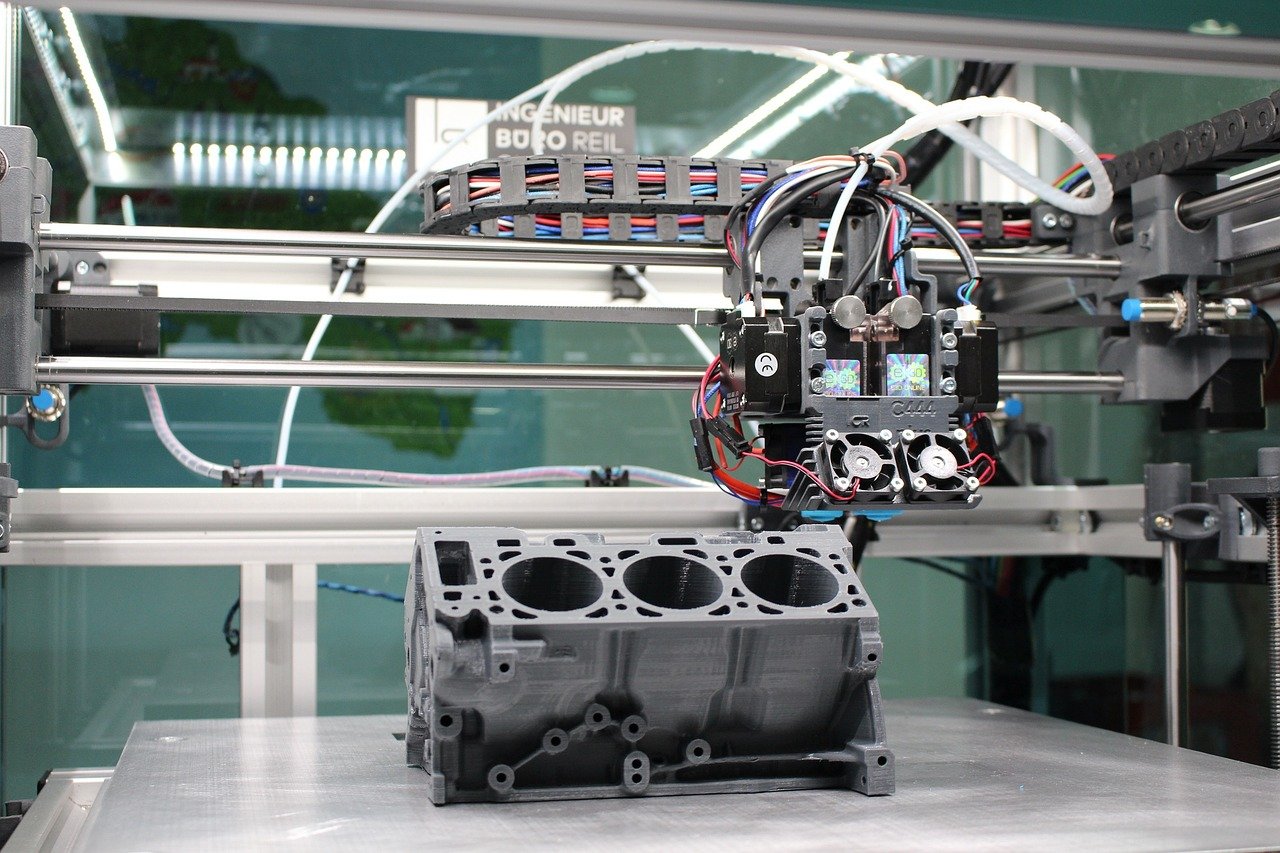
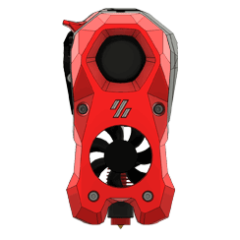
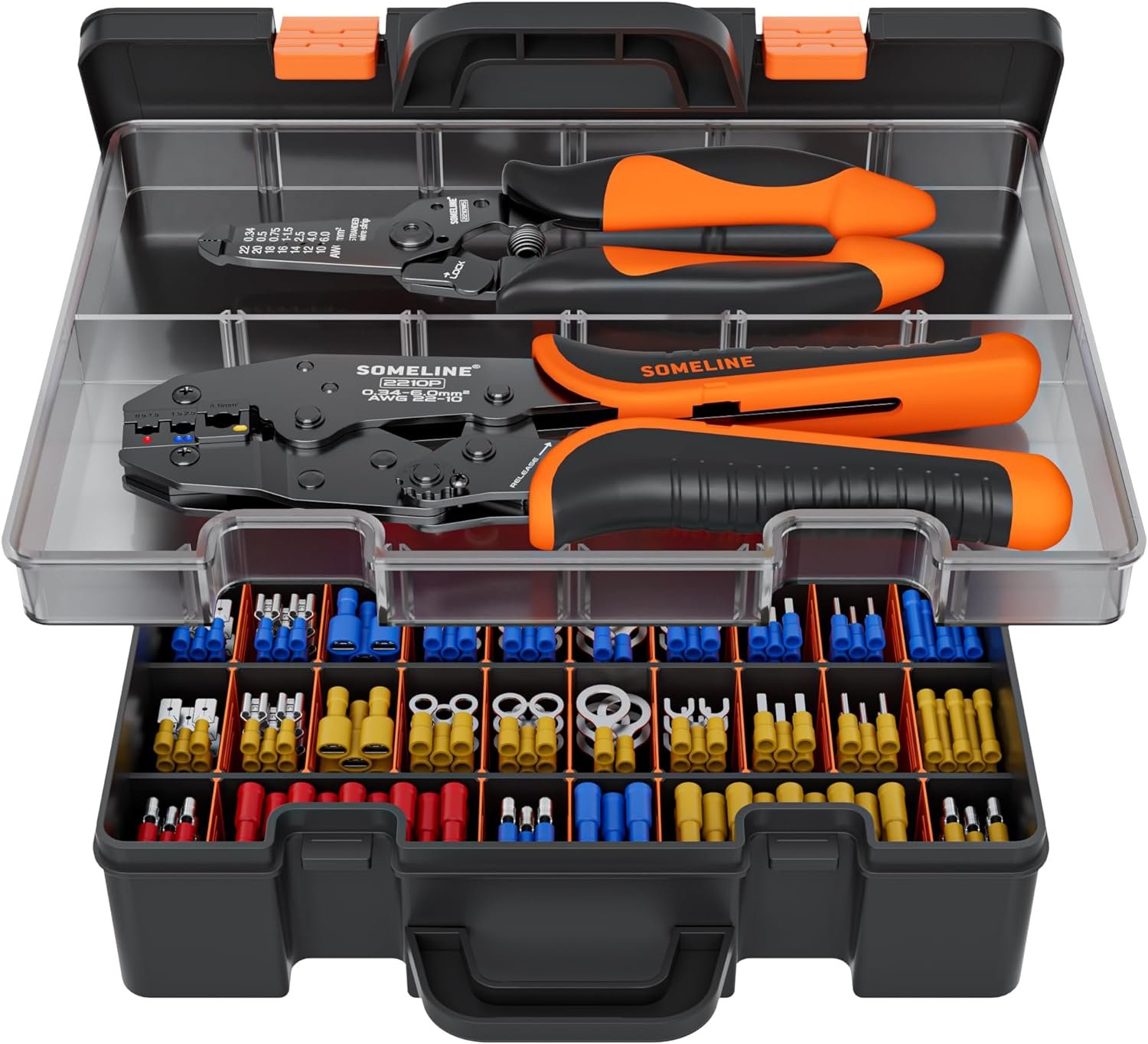
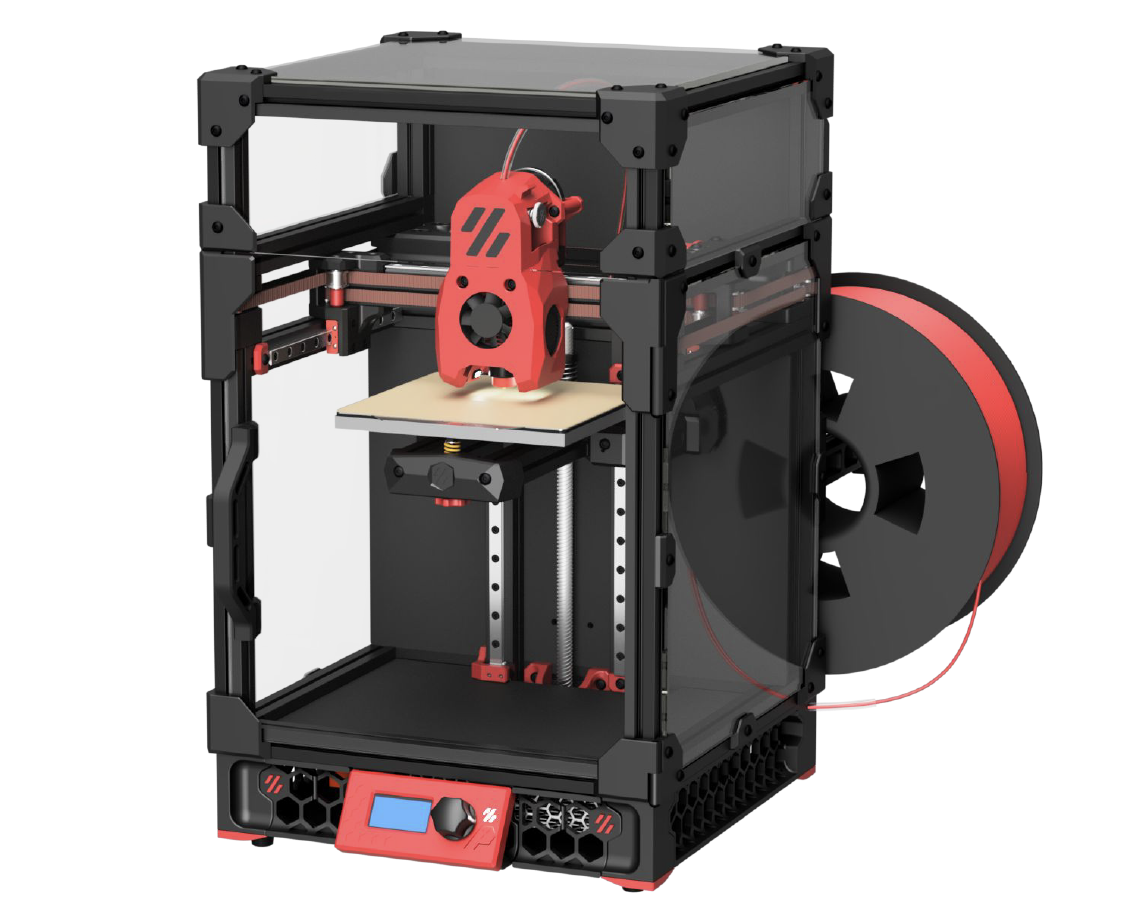


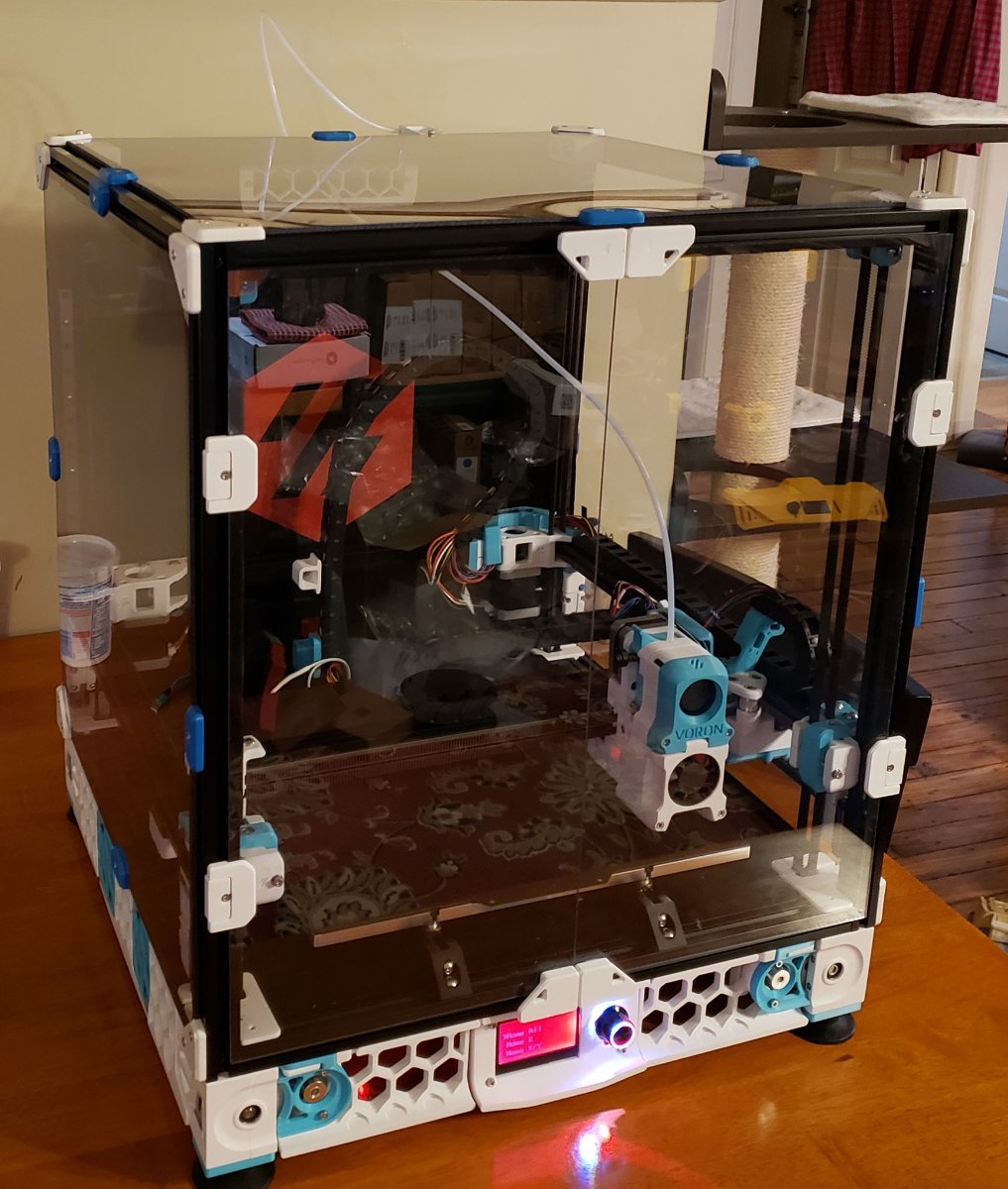
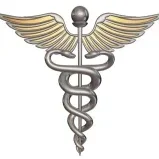



2 Comments
Recommended Comments